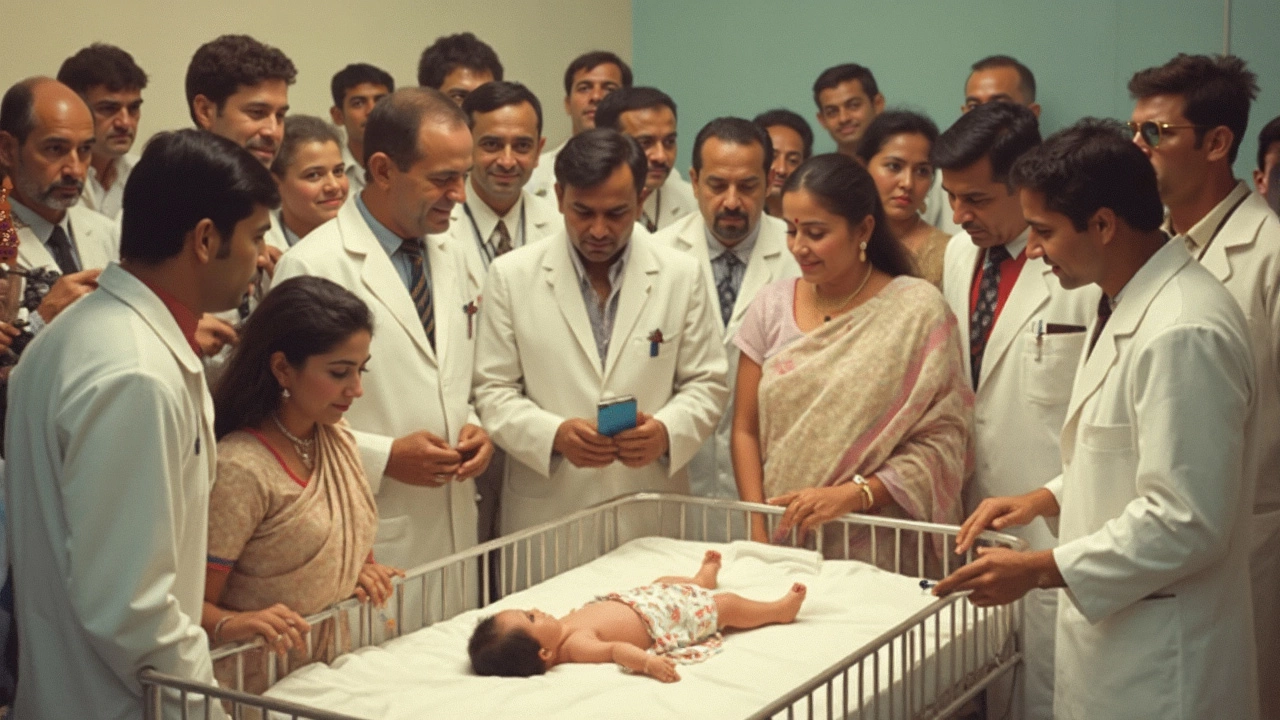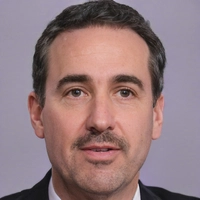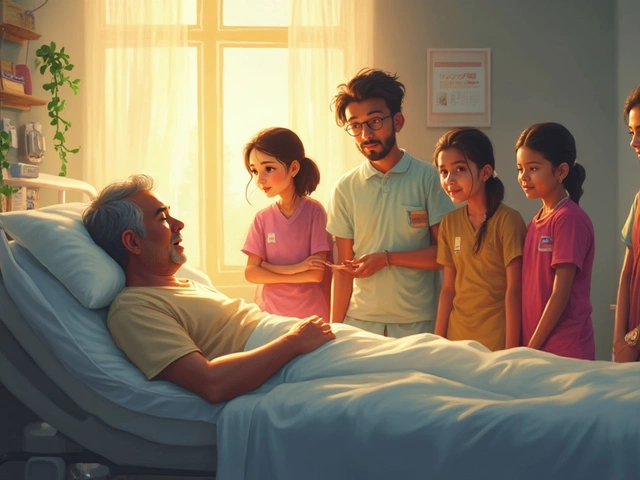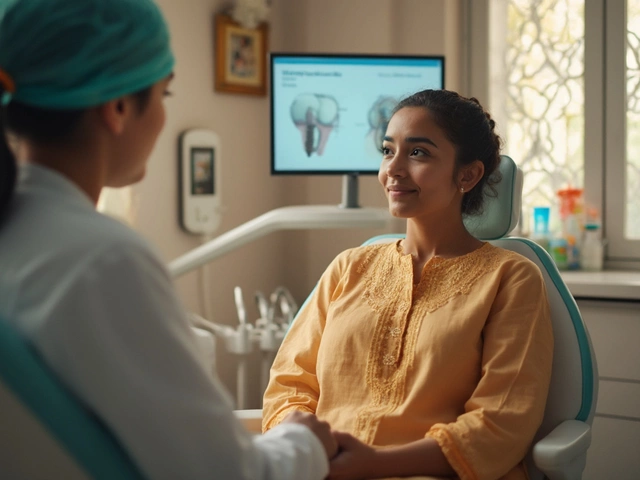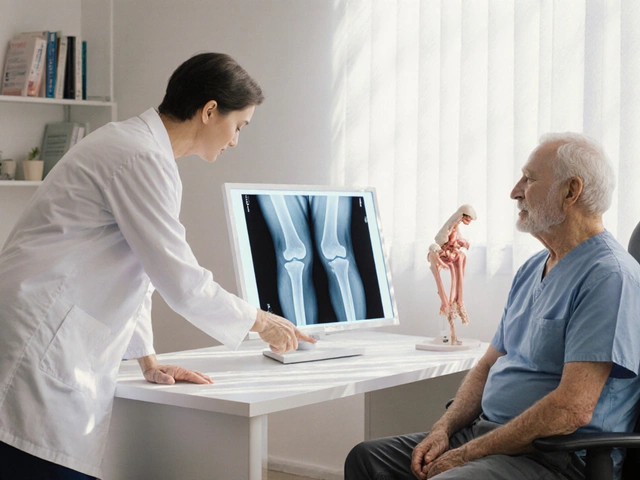The name Louise Brown might not ring a bell at first, but her story has touched millions of families. She wasn’t just any baby—she was the world’s first successful IVF (in vitro fertilization) baby. Born on July 25, 1978, in England, Louise sparked hope for couples who thought they’d never have kids. Before her, IVF sounded like science fiction. After her, it became a real option for people struggling with infertility.
Back then, doctors hadn’t nailed down all the details of the IVF process. Louise was born thanks to a pioneering British team of doctors, and her birth made headlines around the globe. People were shocked, excited, and even a little scared—because nobody knew what the long-term effects might be. But Louise grew up healthy, blocking out doubters and living a totally normal life (well, except for being followed by cameras).
- The Birth That Changed Everything
- Why Louise Brown Became a Superstar
- What Happened After: Life in the Spotlight
- How IVF Babies Changed Families Forever
The Birth That Changed Everything
Back in 1978, nobody had ever heard of a famous IVF baby. IVF was still a brand-new idea—a shot in the dark for most doctors. But on July 25, 1978, things changed overnight when Louise Brown was born at Oldham General Hospital in England. This wasn’t just a medical milestone; it was front-page news across the world.
Louise’s parents, Lesley and John Brown, had struggled with infertility for nine years. Treatments kept failing. When they agreed to try IVF, it was a leap of faith. Even the doctors—Patrick Steptoe, Robert Edwards, and Jean Purdy—weren’t sure it would work. The process was pretty bold: Lesley’s egg was fertilized with John’s sperm outside her body, then put back in her womb. It sounds routine now, but in the late '70s, it was brand new territory.
On the big day, Louise was delivered by cesarean section, weighing just a little over 5 pounds. She looked and acted like any other newborn, but her arrival meant hope for so many people who thought that having a child was impossible. The press went wild, with headlines about the "test-tube baby" and non-stop questions about how it happened and what it all meant. There was excitement, but also freak-outs—some people wondered if babies born like this would even be healthy or normal.
Turns out, Louise was perfectly healthy, which was a huge relief at the time. More importantly, her birth kickstarted a whole field of fertility treatments. Within just a few years, IVF clinics started opening and more babies were born using this method. So when you think about what changed the world for families dealing with infertility, it all started with one unforgettable birth.
Why Louise Brown Became a Superstar
Louise Brown wasn’t just the first IVF baby—she became a global symbol of hope. The media called her the “test-tube baby,” which sounds weird today, but back then, it grabbed attention everywhere. When she was born at Oldham General Hospital, news reporters camped outside for a glimpse of her. Newspapers from the UK all the way to the US and Australia ran her story on their front pages.
So, why did Louise become such a big deal? For one, her successful birth proved IVF really worked. Couples who were told they could never have kids suddenly saw a real chance. Even the British Medical Journal ran features explaining the science behind it. The doctors who helped her parents, Patrick Steptoe and Robert Edwards, instantly became well-known—Edwards later won the Nobel Prize in 2010 for his work.
The numbers show just how massive her story was:
| Year | Worldwide IVF Births |
|---|---|
| 1978 (Louise's birth) | 1 |
| 1986 | Approx. 5,000 |
| 1990s | 100,000+ |
| 2023 | More than 8 million |
Louise had to deal with the hype early on. She appeared on countless talk shows and met celebrities, politicians, and scientists. She became friends with other IVF babies and their families, showing up at conferences and events.
One key reason she stood out? She was proof that IVF kids are just as normal and healthy as anyone else. This made a huge difference to families who worried about trying IVF. Today, when someone talks about the world’s most famous IVF baby, almost everyone thinks of Louise Brown first.
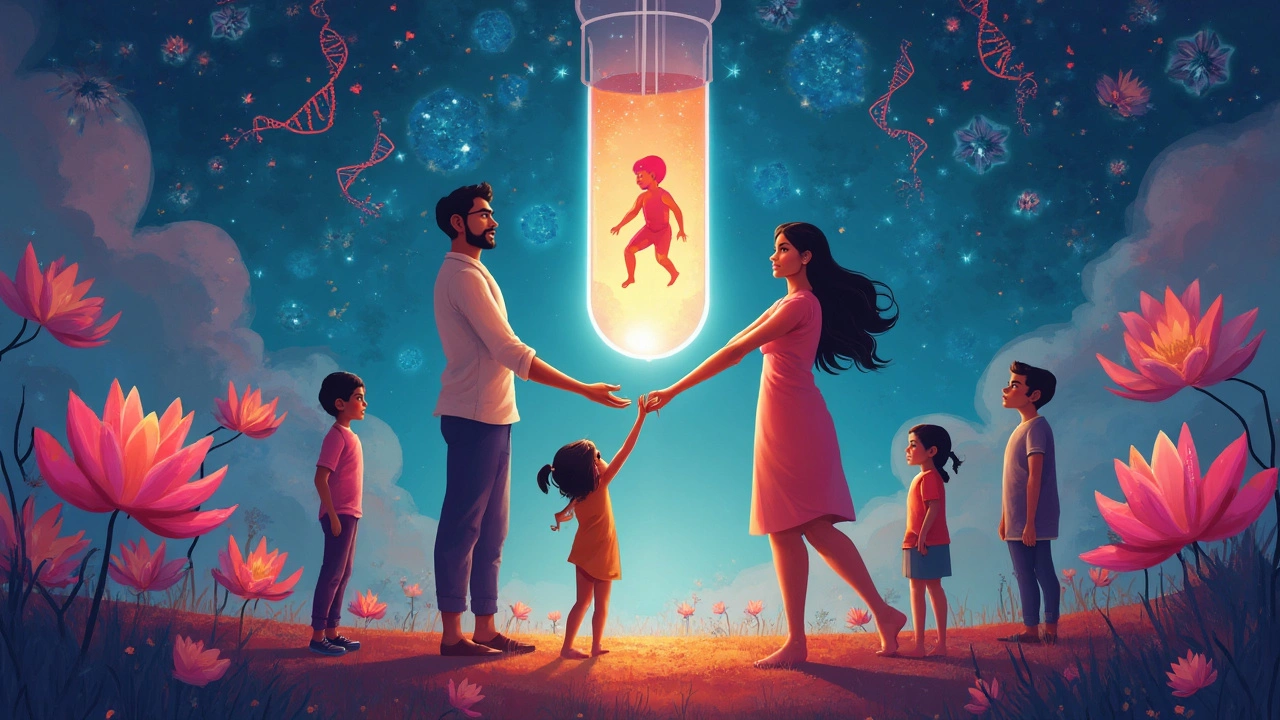
What Happened After: Life in the Spotlight
You'd think being the first "test-tube baby" would mean constant headlines and a crazy life, right? Well, Louise Brown did have her fair share of media attention, but she mostly lived like any other kid from Bristol. Still, people all over the world wanted to know if something would turn out different for her, health-wise or otherwise. Spoiler: it didn’t.
After her birth, Louise and her family were surrounded by cameras. Journalists camped outside their door and followed her to school. She once said she remembered walking to class and seeing reporters lined up along the road. On her first birthday, she and her parents even met the then-Prime Minister, Margaret Thatcher. Louise later joked that she barely noticed the fuss—she was just a toddler.
Fast forward to adulthood, Louise kept things pretty normal. She got married to Wesley Mullinder in 2004, and their wedding hit the news mainly because she was the world’s most famous IVF baby. There wasn’t any difference in her health or development compared to her friends. Medical checks over the years kept showing that Louise is totally healthy, and this helped prove that IVF is safe in the long run.
Take a look at some key moments from her life and how people responded:
| Year | Milestone | Public Reaction |
|---|---|---|
| 1978 | Birth | Massive global headlines, mixed excitement and concern |
| 1979 | First birthday | Meeting with public figures, more media coverage |
| 2004 | Marriage | Congratulations worldwide, media coverage about IVF legacy |
| 2015 | Speaking at IVF conferences | Recognition as a symbol of hope for couples |
Even decades after her birth, Louise stays involved with the IVF community. She talks about her experience at events and supports fertility causes. Her story reassures parents and hopeful couples alike: IVF children are just like everyone else. In fact, Louise has two kids of her own—both conceived naturally, just for the record.
How IVF Babies Changed Families Forever
The birth of the first IVF baby, Louise Brown, kicked off a revolution in family-building. Before IVF came along, options for people who couldn’t conceive naturally were limited. Most faced adoption as the only real path, and that came with its own set of challenges. Suddenly, IVF opened the door for couples to have children who were genetically related to them.
Since 1978, IVF has helped bring more than 8 million babies into the world, according to the International Committee for Monitoring Assisted Reproductive Technologies (ICMART). That’s millions of families who wouldn’t exist in the same way without science stepping in. IVF is now so common that one in every 50 babies in the UK is born this way. In places like Denmark, that number is even higher—about 1 in 12.
IVF has also influenced how people talk about infertility. What used to be a taboo topic became something folks could share, support, and seek treatment for, without shame. Stories of IVF success, like Louise Brown's, started popping up in the media, making a lot of parents feel less alone.
The technology itself has come a long way too. Couples can now use donor eggs, sperm, or even embryos. Pre-implantation genetic testing lets families avoid certain genetic diseases. There are even single parents and LGBTQ+ families who turn to IVF to start their families—a huge shift from how things looked 40 years ago.
If you’re thinking about IVF, there are more choices than ever. It’s smart to:
- Look for clinics with good track records and transparent pricing.
- Ask about the latest techniques and medical advances, like ICSI or embryo screening.
- Consider joining support groups—hearing others’ stories can make the roller coaster feel less lonely.
IVF didn’t just help families grow; it changed how we think about parenthood, family, and science’s role in our lives. The ripple effect from the birth of that first test-tube baby just keeps on going.
